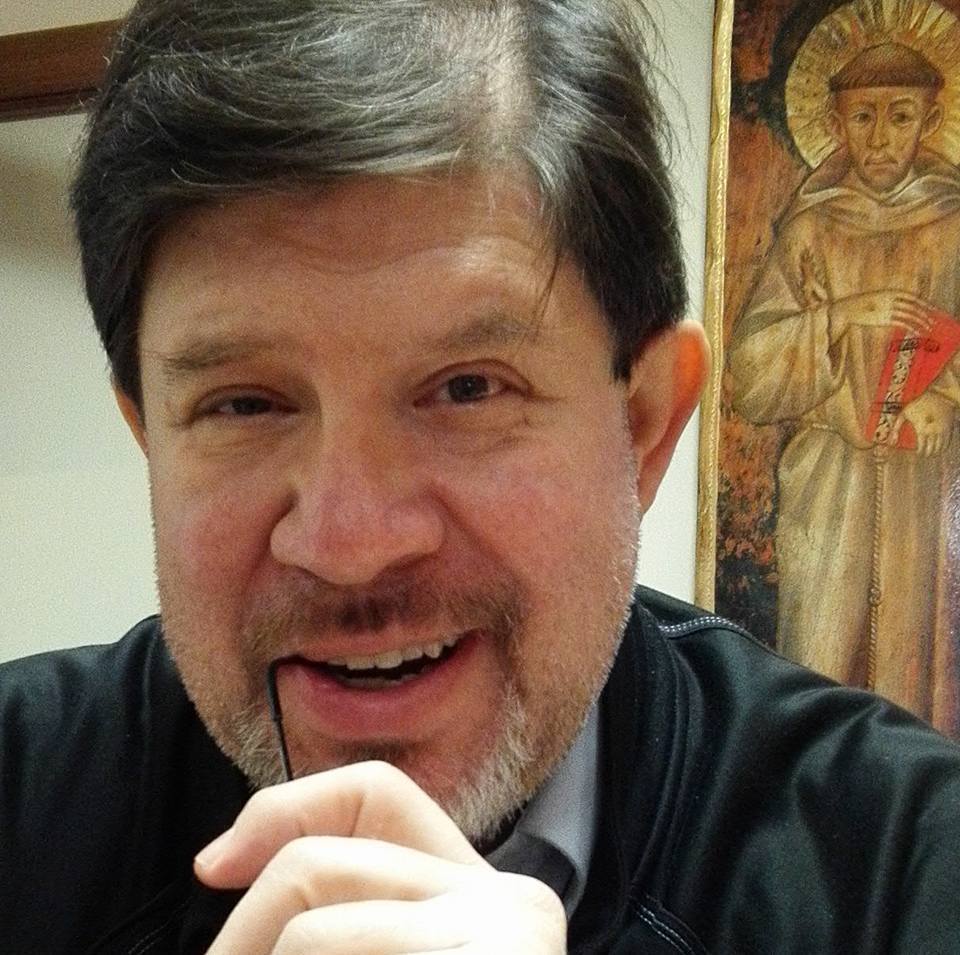
When Pope Francis, the Jesuit Pope with a special devotion to St. Francis, passed away, there may have been an expectation that his successor, the Augustinian friar and American/Peruvian Pope Leo XIV, would allow the Franciscan connection to the papacy to wane.
Not so fast, notes Prof. Bro. Gilberto Cavazos-Gonzalez, OFM, who teaches Christian Spirituality Studies and Franciscanism at the Catholic Theological Union in Chicago. Early signs, he says, indicate that this Pope embraces Franciscan threads which complement his Augustinian spiritual roots.
First, start with the name. Cardinal Robert Prevost selected Leo, a moniker with deep Franciscan roots. Brother Leo was a companion to both Francis and Clare, and much of what we know about the saint from Assisi has its roots in Brother Leo, who was also Francis’ confessor.
“At the time, confession did not mean an association with an ordained priest,” said Bro. Gilberto. Instead, it implied “someone with whom you were intimate spiritually.”
This Pope’s predecessor, Pope Leo XIII, prelate from 1878 to 1903, was famous for championing the poor and workers’ rights. He also rejuvenated the Franciscans. At the time, there were more than 72 Franciscan groups, plagued by divisions that at times proved quite ugly.
“He told us to get our act together,” said Bro. Gilberto. “He was able to get us to talk to one another and heal the divisions.”
In 1897, Leo XIII wrote the Apostolic constitution Felicitate quadam, healing a long-standing rift in the Friars Minor. He also provided a new rule for secular Franciscans around that same time.
“His act was not one of constraint but of reconciliation, not by force, but by fidelity to Francis of Assisi’s original vision in the spirit of his intimate companion, Brother Leo,” Bro. Gilberto wrote for US Catholic Magazine.
Another Leo, Pope Leo X, prelate from 1475 to 1521, also had a significant impact on Franciscan communities. He struck a blow for women’s equality by naming a Franciscan Sister as a pastor.
“He was a Renaissance pope who made Rome the cultural center of Europe and renewed the religious nature of the papacy. He lived in turbulent times, dealing with a church in desperate need of reform. The Franciscan family recognized his lion’s courage when he approved the controversial Franciscan sister, Juana de la Cruz Vasquez Gutierrez, as the official pastor of her town’s parish. Her sermons and teachings became a source of theological reflection for the Spanish Friars Minor for a couple of centuries,” wrote Bro. Gilberto.
Pope Leo XIV maintains a Franciscan connection that goes beyond his name. As an Augustinian, he is part of a mendicant community, a movement in the Church that began with the Franciscans. The Franciscans were the first religious order to recognize that religious life can be lived in the world, not limited to cloistered monasteries. The Augustinians, known for their pastoral and educational work, have followed that model.
“That was revolutionary,” said Bro. Gilberto.
This Pope regularly refers to Augustinian theology, which grew out of the thought of St. Augustine, the famous African bishop convert. Much like Francis, his conversion story is well known, emerging from a life of excess into sanctity, complete with documentation that conversion did not come easily. Augustine “struggled with his faith. He went through various New Age movements. He walked away from his faith despite his mother’s pleas,” said Bro. Gilberto.
“Augustine is a good example for the seekers of today because he was a seeker in his day,” said Bro. Gilberto, who noted in US Catholic that he shared experiences with the future pope.
“In the early 1980s, we were students at the Catholic Theological Union in Chicago. He was in his final year; I was in my first. We shared academic space and the corridors where we were formed in the bold and faithful spirit of Vatican II,” he said. “I confess that I really do not remember him. I imagine I might have seen him in the library, the cafeteria, or at one of our parties. I could not have imagined then that any of us at CTU would one day become the successor of St. Peter.”
Bro. Gilberto added, “Grace works quietly, and the Spirit blows where it will. The Holy Spirit moved the new Pope to call himself Leo XIV, a name that carries many layers of significance, and that connects the new Pope’s legacy with that of his predecessor, Francis.”
Bro. Gilberto wrote that Pope Leo XIV is likely to carry on the spirit of his predecessor.
“He can call us to a harmonious unity that holds diversity, equity, and inclusion as standards of social teaching in a church that sings with many voices but one heart… Pope Leo XIV can echo the various Leos: Leo the Great in defense of the faith; Leo X in the promotion of women in the pastoral ministry of the Church; and Francis’s little lamb, Leo, in affection for his predecessor. May he be a pope who is both guardian and guide, fierce in defending the margins and gentle in drawing near to the brokenhearted, the oppressed, and the marginalized.”
